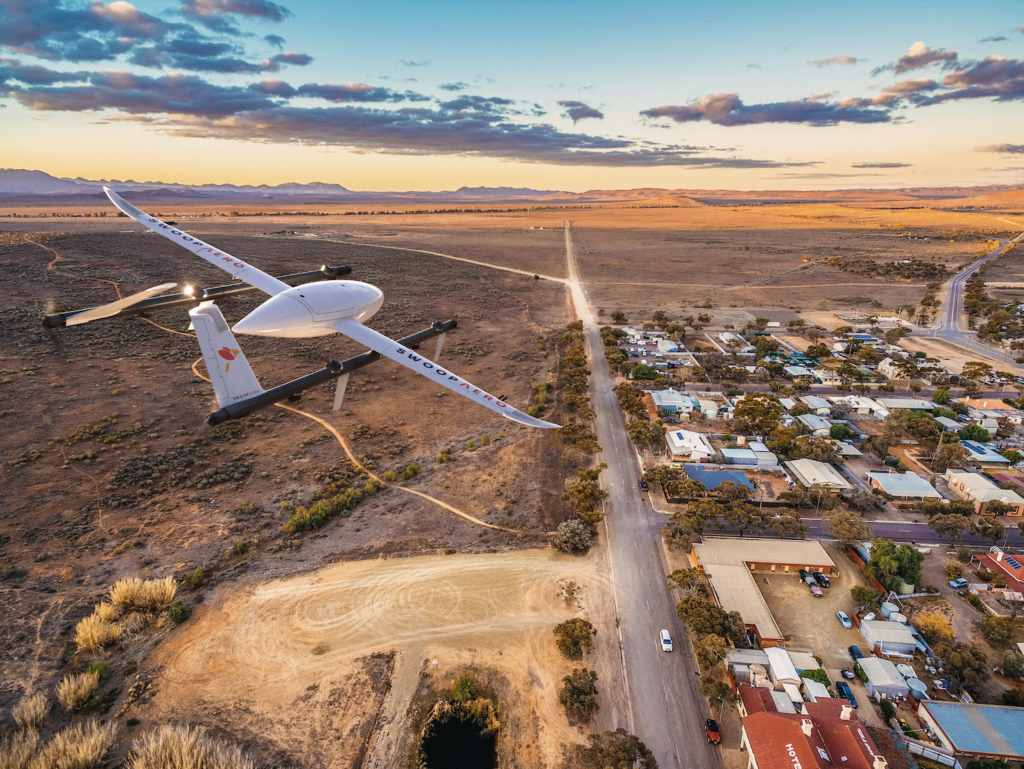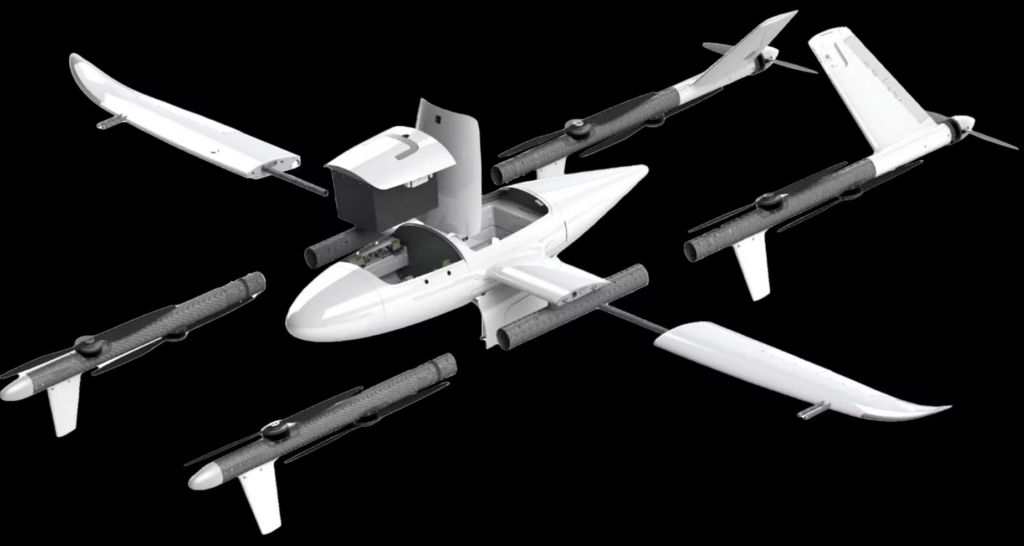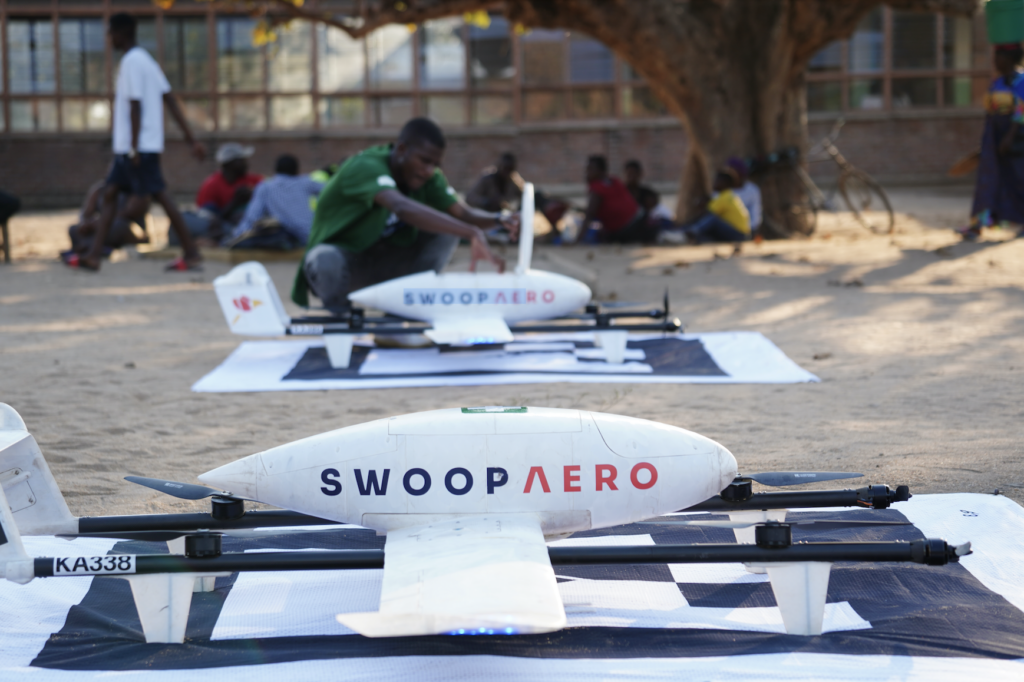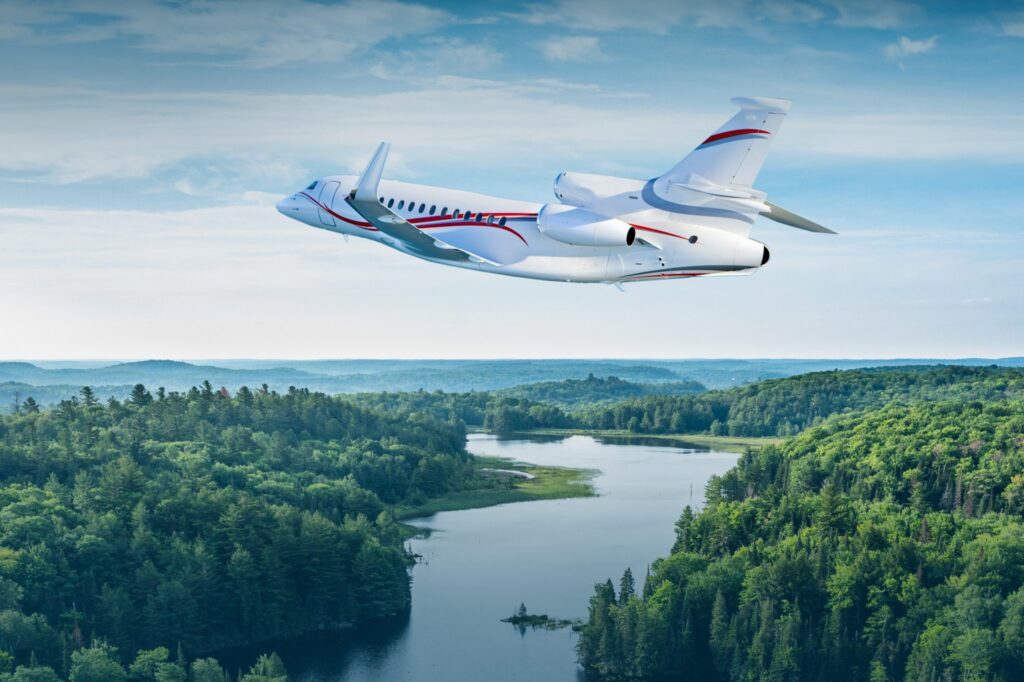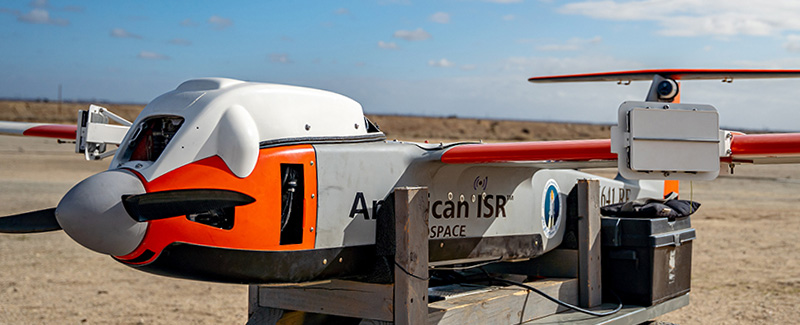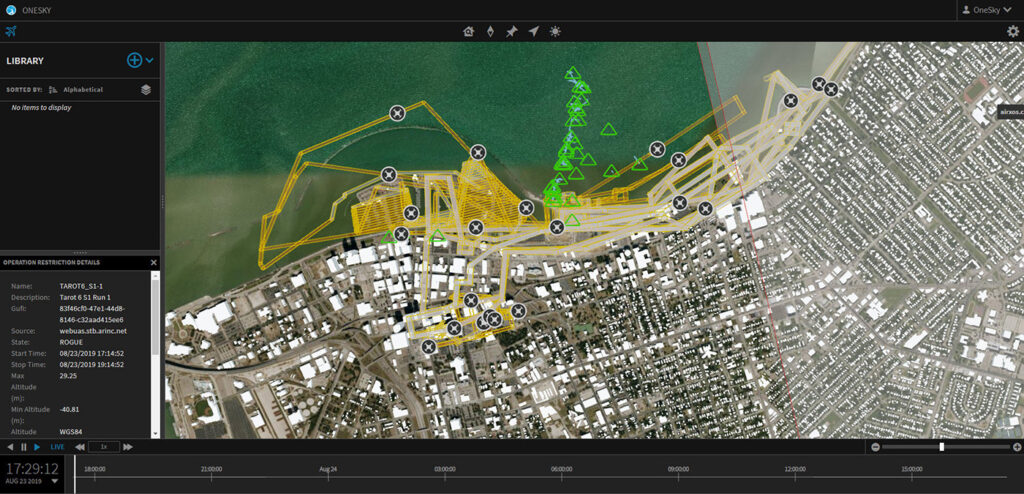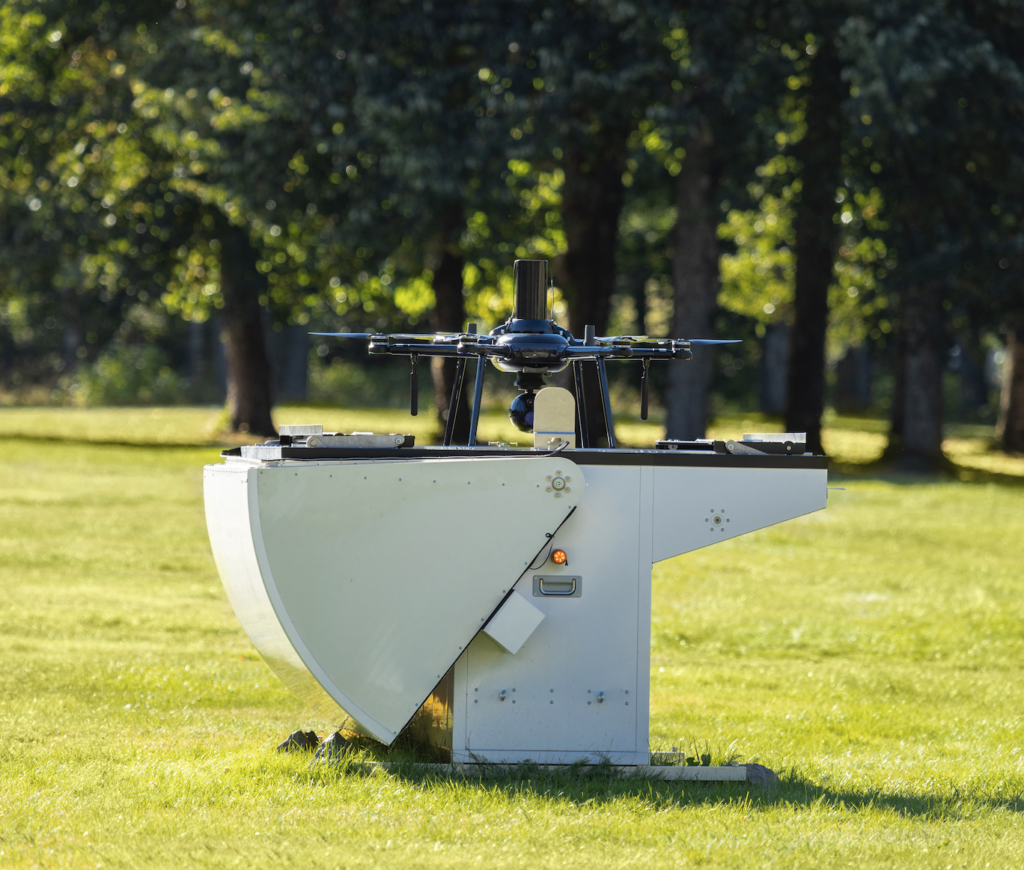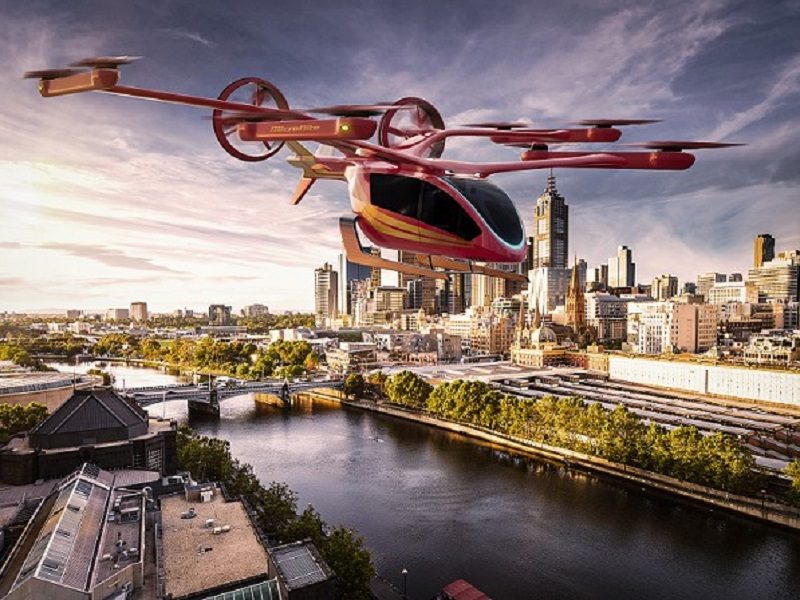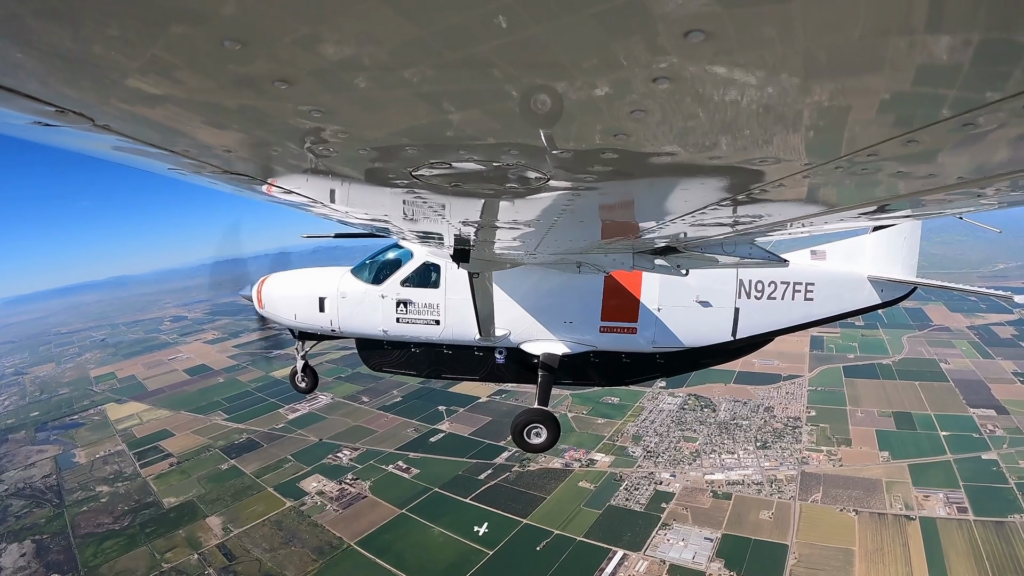

Reliable Robotics and NASA conducted a series of flight tests to validate the use of existing primary surveillance radar (PSR) data from the FAA for detect-and-avoid capabilities. (Photos: Reliable Robotics)
Last month, Reliable Robotics and NASA announced that they had completed a series of flight tests to validate the use of existing primary surveillance radar (PSR) data from the FAA for improving safety in the airspace.
This past week, Reliable Robotics provided a demonstration of its remotely operated aircraft system during the Golden Phoenix readiness exercise at Travis Air Force Base (AFB). The aircraft conducted a mission that was automated, from auto-taxi and auto-takeoff to climbout and auto-landing, with an onboard test pilot.
Last August, Reliable Robotics received acceptance from the FAA for the certification basis associated with its autonomous aircraft navigation system. The FAA accepted the company’s G-1 issue paper for the autonomous platform that has already been demonstrated on the Cessna 208 Caravan.
Reliable Robotics develops innovative systems to enable remotely piloted aircraft. The team is doing this under an FAA certification program for a Supplemental Type Certificate (STC). The initial target platform for this innovation is the Cessna Caravan, although the technology should be adaptable for other aircraft in the future, said Robert Rose, co-founder and CEO of Reliable Robotics, in an interview with Avionics International.

Robert W. Rose, CEO and co-founder
The key objective of conducting these recent flight tests with NASA was to demonstrate a high-precision, high-integrity navigation system that enables automatic landing and take-off in addition to auto taxiing. While the first certification phase includes a pilot onboard, they are not required to interact physically with the controls. Instead, Reliable Robotics’ advanced system takes over the entire pre-flight process. The pilot’s role is primarily focused on monitoring the primary display system, without the need to manipulate the flight controls.
This technology brings us closer to a future where aircraft can operate entirely without pilot interaction, even during emergencies. Once this level of automation is achieved, discussions can be initiated on the possibility of relocating pilots to control centers on the ground. However, two critical factors need to be addressed to enable such a transition. Firstly, solving the communication challenge between the remote pilot and the aircraft is essential. This includes ensuring reliable interaction for situational awareness and providing the ability to issue instructions to the aircraft, especially when encountering unexpected conditions. For instance, the remote pilot may need to redirect the aircraft to avoid adverse weather conditions or alter the landing location in emergency scenarios.
Rose shed light on another crucial aspect of advancing aviation technology: detect-and-avoid (DAA) capabilities. Ensuring safe distances between aircraft to minimize the risk of mid-air collisions is of paramount importance. Reliable Robotics and NASA embarked on a collaborative test to address this challenge. “We’ve got folks that have been deeply engaged with RTCA Special Committee 228 for almost a decade now, and a great deal of experience in how this problem is very likely to be solved,” he remarked.
A key element in the equation is airspace surveillance. Reliable Robotics envisions a comprehensive solution that combines various components and sensor modalities, both onboard and off the aircraft. Leveraging existing surveillance radar systems maintained by the FAA and the Department of Defense, which air traffic controllers currently rely on for maintaining separation, has been a focal point of their efforts.
The test conducted with NASA involved feeding live radar data into a NASA facility and subjecting two aircraft to multiple encounter scenarios. These scenarios simulated approaching each other from different angles and speeds, simulating unintended near misses. Throughout the test, data from the FAA and DoD surveillance radar system was collected, alongside high-precision position information gathered onboard the aircraft. This data was subsequently cross-compared to evaluate the effectiveness of radar systems in ensuring separation.
This particular test served as an initial step in a lengthy process, with additional research and analysis still required. Reliable Robotics has invested significant effort in simulation and has been working on this challenge for several years. Their collaboration with MIT Lincoln Laboratory, which also focuses on detect-and-avoid, has provided valuable insights that have been incorporated into their work.
Assuming successful outcomes, the end goal is to publish a formal paper that establishes the suitability of ground surveillance radar equipment as a vital component in solving the detect-and-avoid problem. This research holds promise for further enhancing aviation safety and paving the way for more advanced automation in the skies.
Although some challenges arose during the flight tests, Rose commented that they met all of their objectives. “Everything went the way that we expected,” he said. “There’s still a lot more work that needs to be done, but we were excited to kick this work off.”
Looking ahead, the CEO of Reliable Robotics provided insights into the company’s strategic priorities for the coming years. He emphasized a two-phase approach to address the challenges at hand. While solving the detect-and-avoid and communication problems remains important, their primary focus lies in the first phase—developing an aircraft capable of autonomous flight. Rose stressed the significance of building a robust automated aircraft since it forms the foundation for subsequent advancements in airspace integration. While they are excited about ongoing work in DAA and communication domains, the majority of the organization’s efforts are currently concentrated on obtaining certification from the FAA. “The super focused area for the vast majority of our organization right now is getting this first step of certification through with the FAA,” he said.
This certification process involves detailed systems engineering, rigorous safety analysis, and comprehensive mapping of component failures. The team is dedicated to ensuring that the aircraft can effectively handle all potential failure scenarios. Extensive software development and the integration of additional hardware, including actuators, flight computers, and navigation sensors, are essential components of this process. Meeting FAA standards requires thorough qualification processes for each hardware component.
The journey ahead is substantial and will span several years, according to Rose. The primary objective for Reliable Robotics is to establish a reliable and robust platform through meticulous engineering and adherence to strict safety standards. This platform will serve as a strong foundation for subsequent advancements. Once the certified platform is achieved, the focus can shift to integrating communication systems and enhancing detect-and-avoid capabilities.
Rose highlighted additional benefits and safety improvements that can be realized through the integration of sophisticated automation into aircraft cockpits. He emphasized the importance of prioritizing safety enhancements in existing aircraft before transitioning to remote piloting capabilities. “I see this as a giant step forward for aviation, especially smaller aircraft and general aviation class aircraft like the Cessna Caravan, because many of these vehicles today are already operated [with a] single pilot and in more adverse weather conditions,” he explained. The introduction of highly sophisticated automation systems can play a vital role in mitigating risks and preventing accidents for aircraft that operate in conditions like night instrument meteorological conditions (IMC).

“Reliable Robotics is currently working with the Air Force under a Phase III Small Business Innovative Research contract to demonstrate flight performance and safety of remotely piloted aircraft in dynamic operating environments.”
The Reliable Robotics CEO pointed out that accidents in recent years involving the Cessna Caravan could have been averted with the assistance of automation. Implementing advanced technology in the cockpit can significantly enhance safety, saving lives in the process. The ultimate goal is to improve industry-wide safety standards by focusing on safety-enhancing technologies and leveraging the opportunities presented by automation.
An accident from last year was cited as an example, where a lack of precision in the approach contributed to a tragic outcome. Reliable Robotics’ system offers higher precision approaches than those commonly available at many airports today. By employing a navigation system with increased integrity and precision, pilots can safely conduct approaches all the way down to the ground, even in stressful and constantly evolving situations. This would greatly benefit pilots, especially in smaller general aviation planes, providing higher levels of assurance and reducing risks.
Rose shared personal experiences that underscored the need for such advanced automation systems. As a low-time pilot, he expressed concerns about inadvertently encountering IMC conditions and the limited options available to address such situations. He envisioned a system that could provide immediate assistance, allowing pilots to rely on the technology in critical moments. The Reliable Robotics system aims to prevent controlled flight into terrain (CFIT) and loss of aircraft control (LOC), which are two of the leading causes of fatal accidents in small aircraft.
Reliable Robotics has made significant progress in its certification program with the Federal Aviation Administration (FAA) for its advanced automation systems. Rose highlighted the importance of establishing the certification basis for their groundbreaking technology, which was previously non-existent. Over the past four years, Reliable Robotics has worked closely with the FAA to define the means of compliance for their system.
The company’s CEO expressed optimism about the impending formal acceptance of their means of compliance by the FAA, which will be a major achievement. In addition to its current system, Reliable Robotics is also focused on future systems such as communications and detect-and-avoid capabilities. Extensive collaboration with the FAA has taken place over the years to develop standards, certification basis, and means of compliance for these systems.
Human factors play a significant role in the certification program, and Reliable Robotics has actively engaged with the FAA to address any concerns in this area. The ongoing interactions with the FAA regarding human factors have been fruitful, further strengthening the certification process, Rose said.
One aspect that distinguishes Reliable Robotics from others in the field is its strong adherence to existing regulations, FAA policies, and standards. They aim to minimize disruption and turbulence by working within the established framework. This strategy has proven successful in their collaboration with the FAA since it allows for a more manageable and cooperative certification process. Rather than seeking to create new policies or regulations, Reliable Robotics seeks to understand the FAA’s perspective and align its efforts accordingly.
An example of their collaborative approach is the development of auto-landing capabilities for small aircraft. While no precedent existed for Part 23 small aircraft, Reliable Robotics explored the auto-landing standards established for larger Part 25 multi-engine jets. They tailored these standards to suit the Part 23 category. “The FAA seems to be very appreciative of the fact that we’re trying to work within the system,” Rose said.
The post Reliable Robotics and NASA Conduct Flight Tests to Advance Aircraft Automation Systems appeared first on Avionics International.
—————
Boost Internet Speed–
Free Business Hosting–
Free Email Account–
Dropcatch–
Free Secure Email–
Secure Email–
Cheap VOIP Calls–
Free Hosting–
Boost Inflight Wifi–
Premium Domains–
Free Domains











